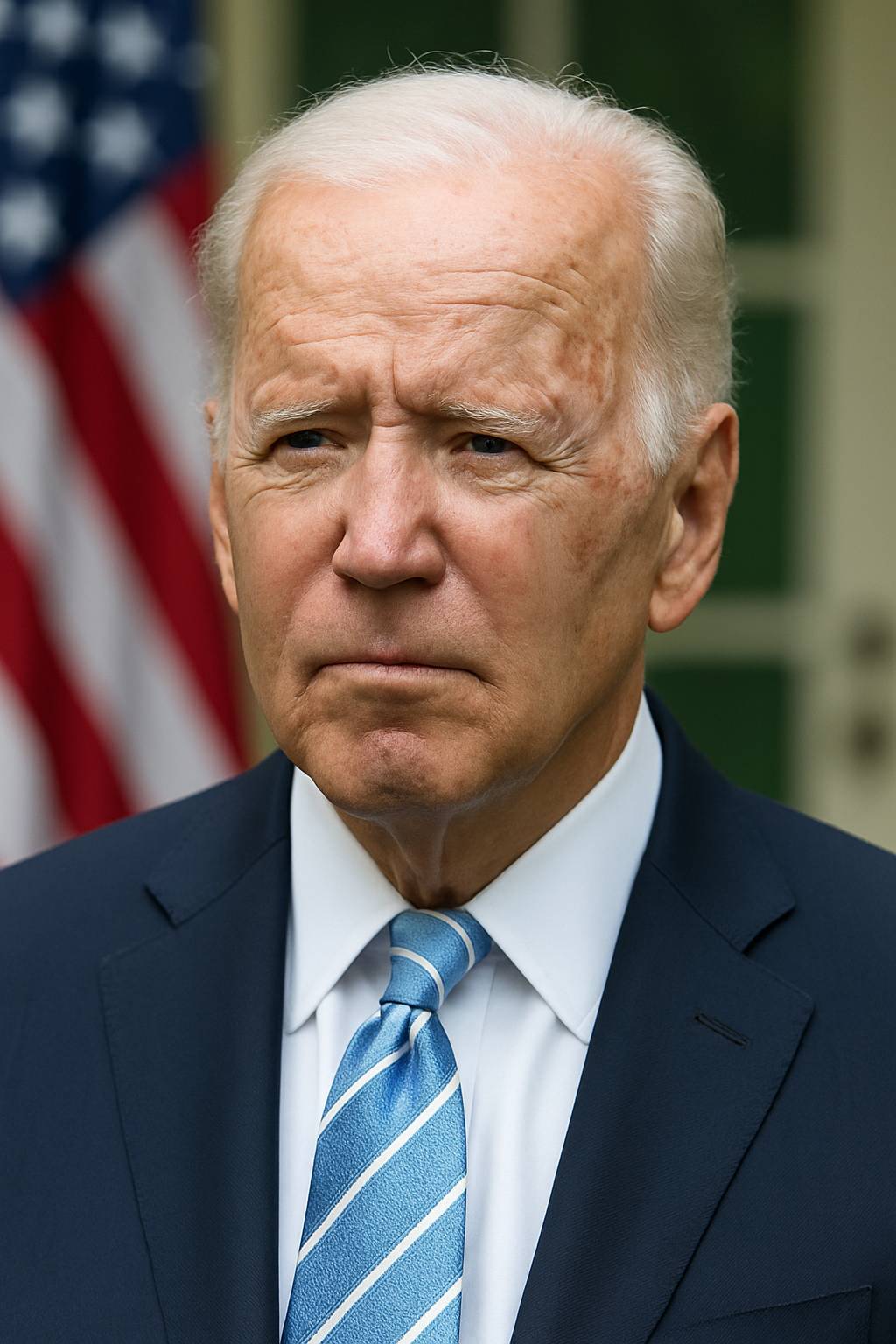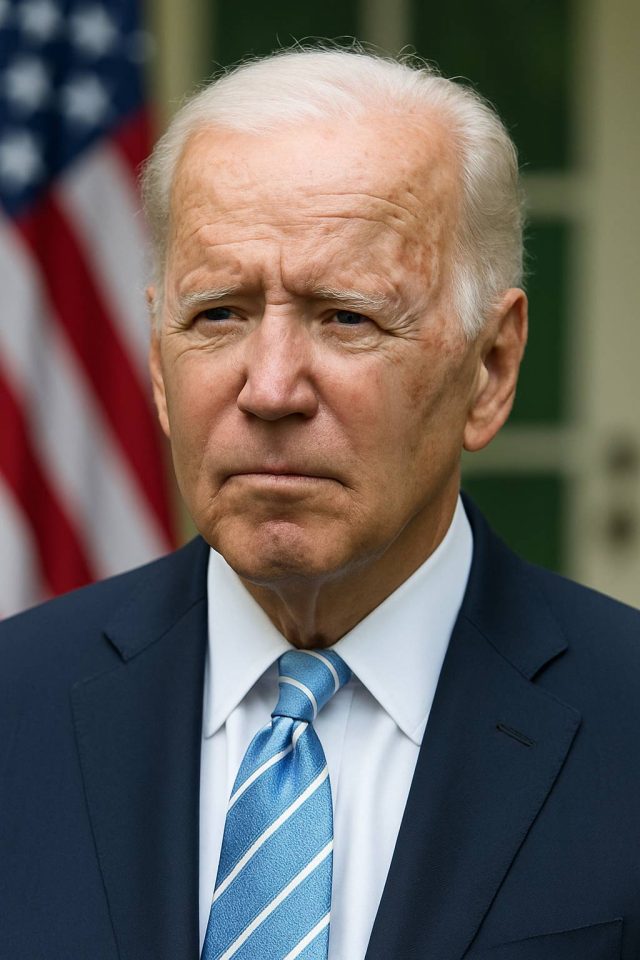
How does the health of a public figure influence national conversations on disease awareness? Biden’s cancer diagnosis has sparked a renewed sense of urgency, empathy, and engagement in the United States and around the world. While many were taken aback by the news, its spotlight on early detection, equitable care, and national policy could be the catalyst for long-overdue change.
This article explores what President Joe Biden’s diagnosis means for cancer awareness in 2025, including its impact on public health messaging, funding initiatives, and patient advocacy.
Table of Contents
- The Public Response to Biden’s Cancer Diagnosis
- National Policy and the Cancer Moonshot Revisited
- Early Detection and Patient Empowerment
- Bridging Gaps in Cancer Equity and Access
- Conclusion and FAQs
The Public Response to Biden’s Cancer Diagnosis
When news of Biden’s cancer diagnosis broke, the public responded with a mix of concern, curiosity, and solidarity. Many Americans reflected on their own experiences with the disease, whether personal or through a loved one. In turn, media coverage became a platform for educating the public on the types of cancer, available treatments, and warning signs.
Transparency from the White House helped normalize discussions about cancer in everyday life. Although not the first sitting president to face a serious illness, Biden’s open disclosure encouraged conversations in families, clinics, and communities.
Social media played a major role. Thousands of people shared their own journeys, creating a ripple effect that emphasized the importance of regular screenings and honest communication with healthcare providers. This emotional momentum may have contributed to an increase in cancer screenings across the country.
For patients navigating similar diagnoses, supportive forums such as Health.HealingWell.com offered safe spaces to find comfort, education, and peer support.
National Policy and the Cancer Moonshot Revisited
Biden’s long-standing commitment to cancer research is not new. In fact, he launched the Cancer Moonshot initiative during his vice presidency following the loss of his son Beau to brain cancer. However, his personal diagnosis has added emotional and political weight to the mission.
In 2025, the administration has doubled down on Moonshot goals. Federal funding has been expanded for cancer genomics, immunotherapy, and prevention programs. Collaborative projects between the NIH, CDC, and academic research centers are accelerating timelines for early-stage clinical trials.
Subheading: Real-World Impact
Legislation introduced in response to Biden’s cancer diagnosis includes expanded Medicare coverage for screening, pilot programs for underserved areas, and increased investment in telehealth for oncology consultations.
Digital tools are now being used more effectively to track disparities, personalize outreach, and improve outcomes. Data-driven health platforms, including those powered by AI, are identifying trends and guiding care with unprecedented precision.
Early Detection and Patient Empowerment
One of the key messages tied to Biden’s cancer diagnosis is the power of early detection. Detecting cancer in its earliest stages significantly improves survival rates, yet many Americans delay screenings due to cost, fear, or misinformation.
As public awareness rises, healthcare providers are reporting a higher demand for routine cancer screenings. From colonoscopies to mammograms and low-dose CT scans for lung cancer, patients are asking more informed questions and showing greater compliance with preventive care.
Subheading: Patient-Centered Tools
New patient-facing technologies are making screenings easier to understand and schedule. Portals now integrate risk calculators, appointment reminders, and telehealth pre-consults.
Pharmaceutical and diagnostic companies are also engaging patients with accessible educational campaigns. These include explainer videos, symptom checklists, and real-life testimonials.
For individuals unsure where to begin, platforms like Healthcare.pro can connect users with certified providers based on condition, location, and insurance.
Bridging Gaps in Cancer Equity and Access
Despite increased awareness, Biden’s cancer diagnosis has also shed light on longstanding disparities in access to cancer care. Rural areas, communities of color, and low-income populations often face delayed diagnoses and limited treatment options.
In response, several health systems are collaborating with federal programs to improve equity. Mobile screening units, community health worker programs, and culturally sensitive outreach initiatives are being scaled in 2025.
Subheading: Addressing the Trust Gap
Mistrust in healthcare institutions remains a barrier, particularly in underserved populations. Public figures like Biden acknowledging their own diagnosis can help bridge that gap. By modeling transparency and promoting high-quality care, leaders can indirectly build confidence in preventive medicine.
Some cancer centers are now training navigators specifically to assist patients from vulnerable populations. These navigators help with transportation, insurance coordination, language access, and emotional support.
As data becomes more actionable, payers and providers alike are working to reduce avoidable delays and disparities in cancer diagnosis and treatment.
Conclusion
Biden’s cancer diagnosis is more than a personal health matter—it’s a national moment of reflection and motivation. By sharing his journey, the President has reignited public discourse around prevention, equity, and innovation.
As we move deeper into 2025, the challenge will be turning awareness into sustained action. With the right tools, policies, and community engagement, America can make real progress in reducing the burden of cancer.
For patient stories, resources, and support tools, visit Health.HealingWell.com.
FAQs
What type of cancer was Biden diagnosed with?
As of the latest public reports, details of the specific type are limited, but the White House has confirmed ongoing monitoring and treatment.
How has Biden’s cancer diagnosis influenced public health policy?
It has strengthened support for the Cancer Moonshot initiative, increased federal funding, and inspired new screening and equity programs.
Why does early detection matter in cancer?
Early detection often means less aggressive treatment, higher survival rates, and better quality of life.
Where can I go for cancer screening support?
Start with your primary care provider or use services like Healthcare.pro to find an oncology specialist.
How can public figures impact health behavior?
By sharing personal experiences, they normalize health conversations, reduce stigma, and encourage preventive care.
This content is not medical advice. For any health issues, always consult a healthcare professional. In an emergency, call 911 or your local emergency services.




